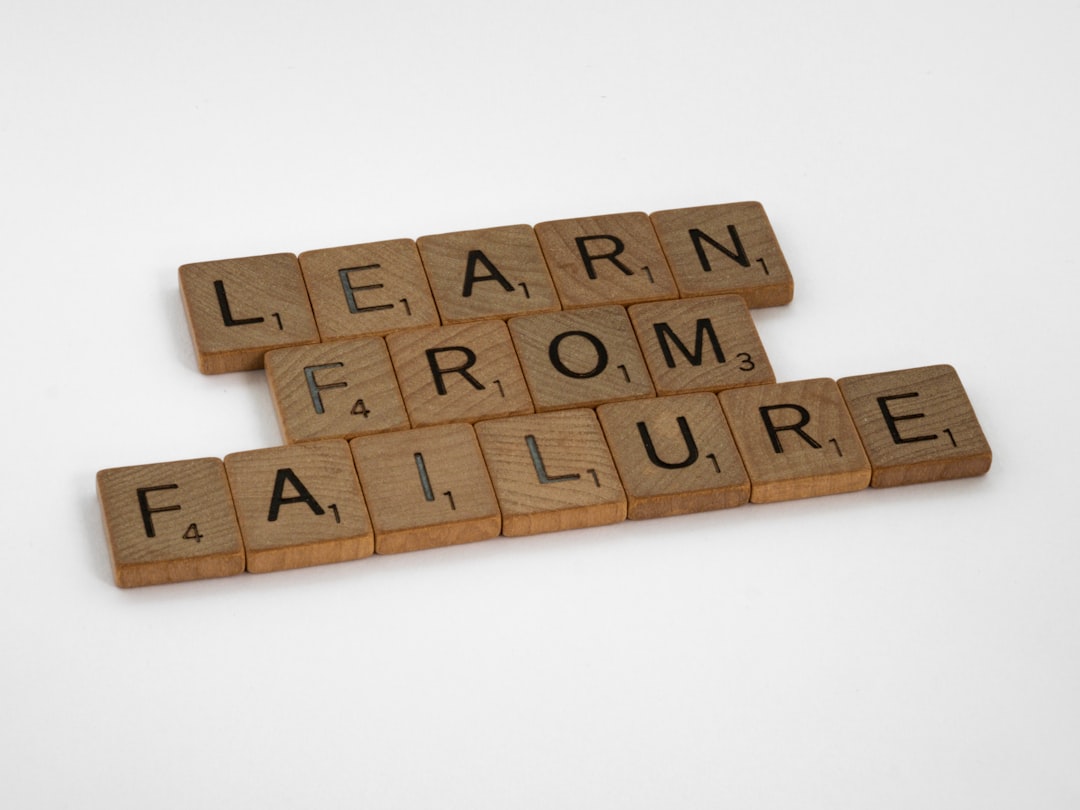Positioning at different stages of PMF
When is the right time to do positioning work? How soon is too soon? When to reposition, and more.
Hello, I’m Hema and welcome to my newsletter First Impression. Each month, I write an in-depth post on positioning, brand, or GTM strategy for early-stage startups. Join startup founders, investors, and practitioners and subscribe to get the newsletter in your inbox.
I get asked this question a lot, and it’s time I wrote about it. What is the right time to do positioning work for a startup? How soon is too soon? When is it too late? What if the market changes after you position your startup? I’ll cover this and more in this newsletter.
But before we go further, what is positioning, and why should you care?
Positioning clarifies your product’s role and relevance in a category.
It identifies a space you can legitimately own in your customer’s mind.
It is the north star that guides your product, marketing, and sales efforts.
To learn more, read this post on how do you know your startup has a positioning problem?

Pre Product-Market Fit
Stay flexible and open to market feedback.
At this stage, you have an idea or a hypothesis you are testing with prospects. You may have built a prototype that you are validating with user research, or you have a few pilot projects running with prospects. Thinking about positioning early makes sense if:
Your idea/product radically disrupts an existing category or an existing way of doing things.
You are solving a problem that has never been solved or has been solved sub-optimally.
You have a powerful technology that can solve significant problems, and you are searching for a market.
Positioning work at this stage is less about planting your flag on a category peak and owning it and more about clarifying the choices you are making about your product and GTM strategy.
Positioning is about choice. Who you choose to be and, more importantly, who you choose not to be. At this stage, making those critical choices lays the foundation for your startup and the product you are building.
Doing positioning work now will help you better understand your target audience and their needs and behaviors, zero in on your differentiation, and understand who you need to de-positioning.
The important thing to remember here is to stay flexible to market input and not get too attached to your early positioning. Especially if you did not find fit or if your fit is unclear. Read
's post How to know if you’ve got product-market-fit?✋🏽Don’t do this 👉🏽 — I’m often astonished at how many founders jump right in and begin building their product with their own ideas or experiences. If there is one thing to remember at this stage it is this: you are not your customer!
Talk to prospects, talk to personas who will be your primary user and decisions makers, understand their world, their problems, their workflows, and their concerns. Find patterns in their narratives and let it inform the product you are building.

Some Product-Market Fit
Don’t anchor too deeply in your wedge.
You have a product, and a segment of users love it. The DAU/MAU metrics look strong, and your churn is negligible. Even if users are not paying for it yet, they will someday consider paying for it. Most of your growth is organic. You found a wedge into the market. This is beginning to check the boxes of finding PMF. You might have seen adoption for a specific use case or a with a particular persona. You begin to steer all your GTM efforts toward this particular use case. Then the following symptoms appear:
Your product could be used for different use cases, but you don’t see broader adoption.
Confusion about roadmap direction and who your core persona is.
Your sales team runs into expansion challenges. Or if you are a PLG model, then your marketing efforts to expand fail.
The competitors you compete against are not the ones you should be competing against.
All these symptoms point to positioning in the wedge. It is, therefore, necessary to take a big step back and return to your original hypothesis, vision, and mission and ask some critical questions:
Does your product fully meet the needs of your current persona?
Are there features and functionality that are not being used by your current persona but could be useful to another persona?
How do your current persona’s functional limitations impact your product’s adoption?
✋🏽Don’t do this 👉🏽 — Your wedge is a entry point to the market. It’s not your market. When you anchor too deeply and for too long in the wedge then you make it your market.
Remember, positioning happens in the minds of the customer. Once they categorize you there, it’s very difficult to get them to recategorize you. We humans love to put things (and unfortunately, people too) in boxes and label them. Products/brands get the same treatment.
Poor Fit or Wrong Fit
Refocus, rebuild and reposition fast.
Sometimes talk to founders who have found fit, but it feels shaky (i.e., high churn, low engagement, or inconsistent engagement). Other times, the product’s promise doesn’t meet customer expectations or only meets some of their expectations. As a result, they have to find alternatives to complement the product, which eventually leads to churn. The signals for poor fit are the opposite of a strong PMF:
Low or infrequent usage and engagement.
High churn.
A leaky bucket (acquisition-driven growth paired with high churn).
Long sales cycles and deals that fizzle out.
I’ll be honest; it is tough to be in this spot. In my experience, three culprits are responsible for ending up in this place:
Your product never really had a strong fit, and you scaled your GTM regardless.
Your product is doing too many things, none too well.
You got your product right but not the GTM approach.
If you discovered this early in your startup’s trajectory, then it’s much easier to fix than when you discover this years down the road. This is why it is a good idea to do the hard work of positioning soon after you find fit. If you find that your startup is at this stage, move quickly. Time is your enemy. The more you delay hard choices, the harder those choices will become. Refocus, rebuild, and reposition FAST.
If the problem is your product — Go back to the drawing board. Get back to your customer/prospects and talk to them. Do win/loss interviews to understand what is driving churn. Take a hard look at your product experience. Is it easy to use? Is it solving a significant and urgent pain? Do the users get to the A-ha moment quickly in their onboarding? Get guidance from product experts/advisors and your VCs; they have likely seen this before and will have good advice for you.
If the problem is your GTM approach — Is your GTM strategy mapping to your product’s strengths? Many times there is a mismatch here. For example, you are leaning into PLG motion when your product is complex and challenging to self-onboard. Have you thought about your GTM strategically and chosen a primary GTM motion? Sometimes I see startups trying to do PLG and top-down sales simultaneously without prioritizing a GTM motion. The marketing team suffers the most because they cannot properly support PLG and top-down sales when you are a small startup. Have you staffed your GTM teams adequately? Sometimes product teams are abundantly staffed, while the GTM teams are shockingly understaffed.
Poor GTM motion is where good products go to die. If you don’t get the GTM right, it doesn’t matter how brilliant your product is. It will die a slow death.
✋🏽Don’t do this 👉🏽 — Don’t throw money at the problem. Just spending more on demand generation will not solve your growth problem. It will only feed the leaky bucket. The problem is not demand generation, the problem is deeper than that and needs the leadership team to come together and strategically address both product and GTM strategy.

Product Positioning or Startup Positioning?
I’ll end this post by drawing the difference between product positioning and startup positioning. Most early-stage startups need to position the startup first. It’s critical to establish their presence in a category and be seen and heard for their unique perspective.
But if you are an established, mature brand with multiple product lines (Atlassian, HashiCorp, Databricks), you need product positioning. Your individual products need to be positioned against competitors in that particular category.
✋🏽Don’t do this 👉🏽 — If you are an early stage startup, position your startup first even if you have a varied product line. The first step is to do the work for the startup since the products are nested there. The vision, mission, and strategy for the startup sets the stage for the product.
Are you a founder, investor, or practitioner? Have you experienced any of the above? If so, please share your experience in the comments section.




I'm building Glasp, a social web highlighter. PLG brings a lot of installs to our product, but it'd be a bit difficult product for new users to understand what it does and what's the benefit of using it. So, I think I should be careful about PLG, the easiness of onboarding, and showing you the AHA moment in the early phase of onboarding.
By the way, here's my learning from this article.
https://share.glasp.co/kei/?p=opUN1cwiq21dPbCoPniB